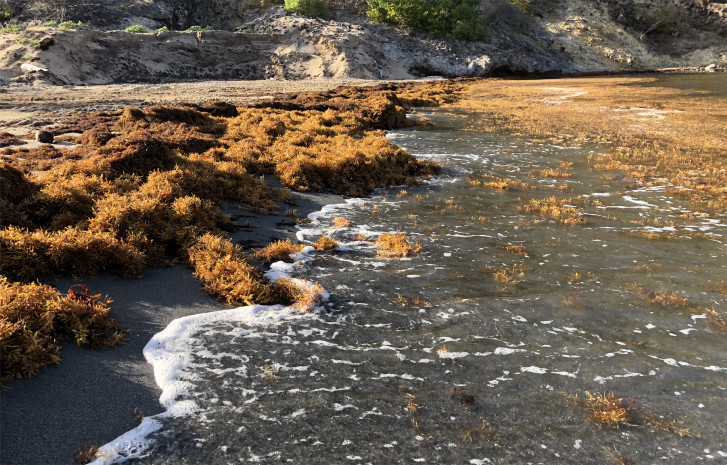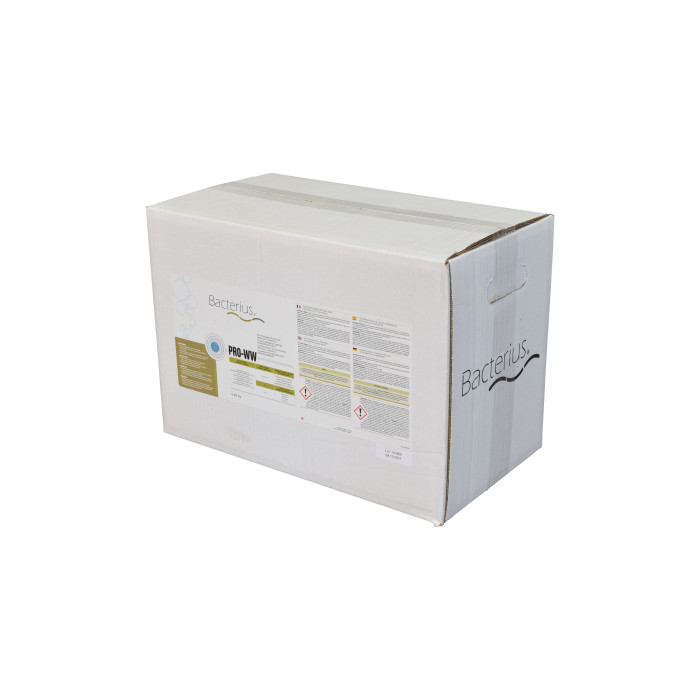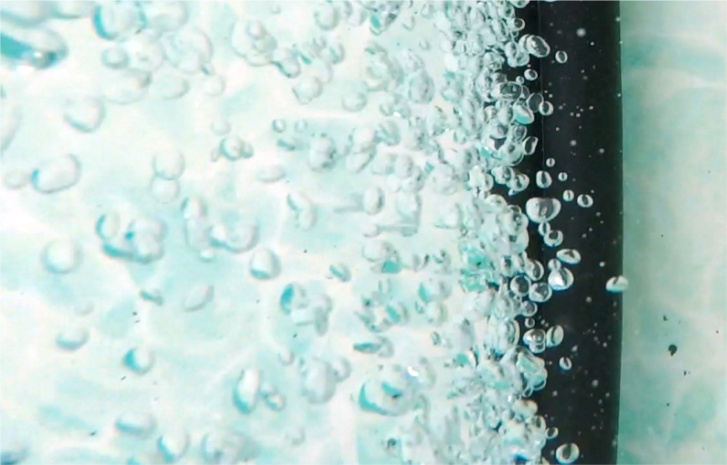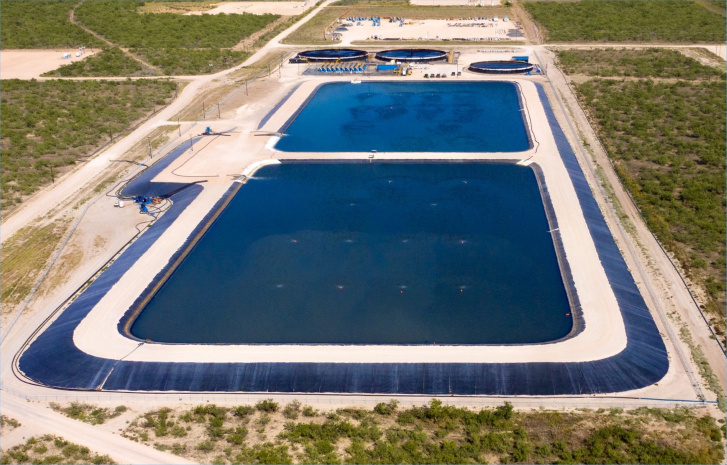H2S – What is it and How to Treat it?
We have all smelled or been in contact with an offensive odor, such as rotten eggs or ammonia. The smell of rotten eggs is characteristic of the formation of hydrogen sulfide (H2S) caused by the anaerobic degradation of organic matter by sulfate-reducing bacteria.

The presence of hydrogen sulfide (H2S) at different concentrations has harmful effects and can cause the following hazards:
- Health hazard (loss of smell at a concentration from 100-150 parts per million (ppm) after a short exposure (between 2 and 15 minutes), loss of consciousness and possible death for an exposure threshold between 500-700 ppm (after 30-60 minutes).
- Corrosion of most metals exposed to the gas (H2S) (pipes, equipment, …).
- Degradation of concrete due to the formation of sulfuric acid (H2SO4) in water.
- Complaints of bad odors from neighbors, workers or others.
Exposure to low levels can cause headaches, dizziness, loss of balance, restlessness, nausea and diarrhea. H2S is heavier than air, so it is particularly dangerous in enclosed spaces. The only indicator of the presence of H2S is its rotten egg smell. Loss of smell being one of the first symptoms (at a concentration of 50-150 ppm), it is therefore essential to have gas detectors specifically designed for this purpose in workplaces where the risk of presence of H2S is present, ex: manure pits, in sewers, etc. Be aware that the maximum acceptable concentration in the workplace is 10 ppm. 50 ppm requires immediate evacuation.
Hydrogen sulphide is released from stagnant water (swamps and lakes) or polluted water, but also from marine sediments and from manure and coal mines. It can also be emitted during extraction and refining activities in the oil and mining industry such as during drilling, metal refining and mineral extraction such as salt or coal. Many other industrial emissions are caused by the anaerobic fermentation of organic materials including:
- Landfill: garbage containing decaying organic matter
- Wastewater: acidic treatment in wastewater treatment plants
- Livestock operation by-product: storage, transportation or treatment of manure
- Rendering industry: treatment of animal carcasses unfit for human consumption
Massive strandings of algae, including Sargassum in the Caribbean, also produce hydrogen sulfide: the accumulation of algae in great thickness causes anaerobic fermentation. The accumulation of seaweed in great thickness causes an anaerobic fermentation which provokes the reduction of sulfates naturally contained in sea water and the combination of sulfur with the hydrogen of water to form hydrogen sulfide (H2S).

Several solutions are possible to reduce/avoid H2S production. The first goal is to reduce the presence of anaerobic sulfacto-reducing bacteria which are the culprits of H2S production. Here are 3 ways to reduce H2S production.
1. Reduce what causes the bad odors at the source. In the case of algae (including sargassum) the addition of a bubble curtain can divert and direct the floating algae to a collection and evacuation point specifically designed to avoid the release of toxic, corrosive and malodorous gases caused by the decomposing stranded algae.
 2. The addition of aerobic bacteria such as BACTERIUS® PRO-H2S and BACTERIUS®PRO-WW causes a bioaugmentation and thus to favour the growth of aerobic bacteria not producing H2S contrary to the anaerobic bacteria of the sulphate-reducing type mainly responsible for the unpleasant, toxic and corrosive bad smell.
2. The addition of aerobic bacteria such as BACTERIUS® PRO-H2S and BACTERIUS®PRO-WW causes a bioaugmentation and thus to favour the growth of aerobic bacteria not producing H2S contrary to the anaerobic bacteria of the sulphate-reducing type mainly responsible for the unpleasant, toxic and corrosive bad smell.
Example of adding aerobic bacteria to prevent H2S formation in the oil industry:
Oil wells and shale gas are anoxic or even anaerobic environments where anaerobic bacteria are actives in the degradation of organic matter with H2S as a secondary product. As one of the techniques to extract oil or shale gas is to inject large quantities of liquid including water into the ground to pressurize the liquid trapped underground and extract it, this liquid (heavily contaminated with H2S), must be treated by oxygenation to induce a competition between these anaerobic bacteria producing H2S and the inodorous aerobic bacteria. The addition of bacterial products such as Bacterius® PRO-H2S will thus contribute at two distinct but complementary levels:
⇒ Bioaugmentation for faster growth and better efficiency of aerobic bacteria
⇒ Oxidation of S2– into SO4 (odorless, non-toxic and non-corrosive) thanks to the specific bacteria of Bacterius® Pro-H2S
3. The lack of oxygen being the basis of the development of anaerobic bacteria, aeration by Bubble Tubing® is a very effective and fast solution to stop the production of H2S. It allows to promote the growth of aerobic bacteria naturally present in the environment to be treated.
These 3 ways can be combined to increase your chances of success, especially aeration and bio augmentation! Our Bubble Tubing® product offers one of the best oxygen transfer rates observed on the market for an effective treatment of the water body and thus reduce the risk of H2S presence.
If this article interest you, please contact us to discuss your project.


